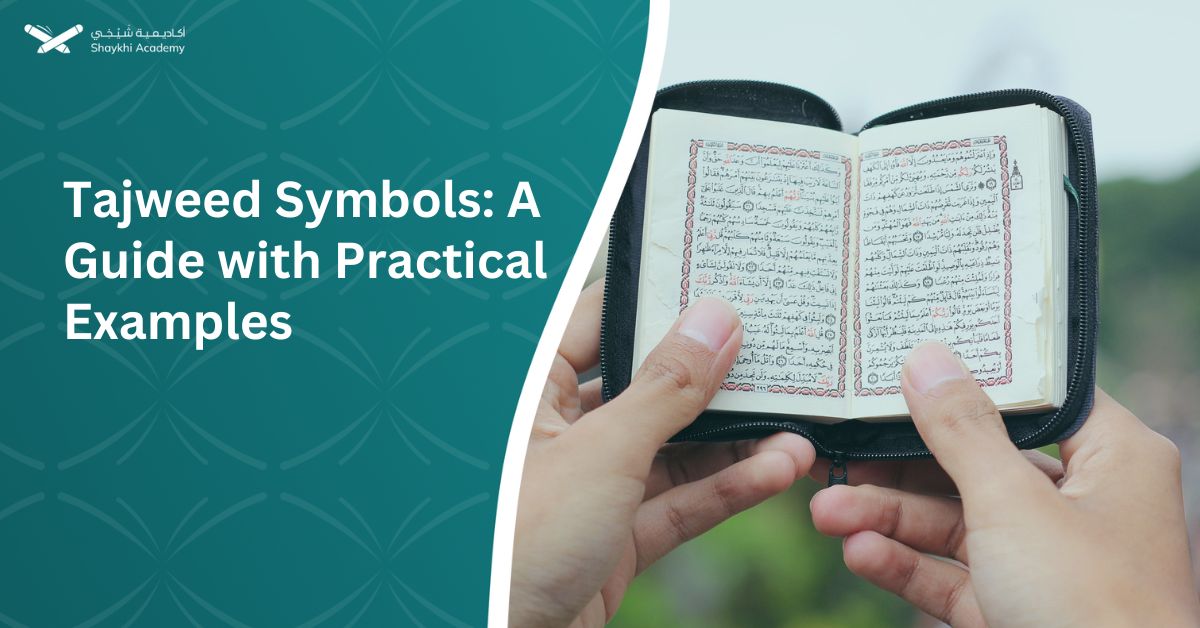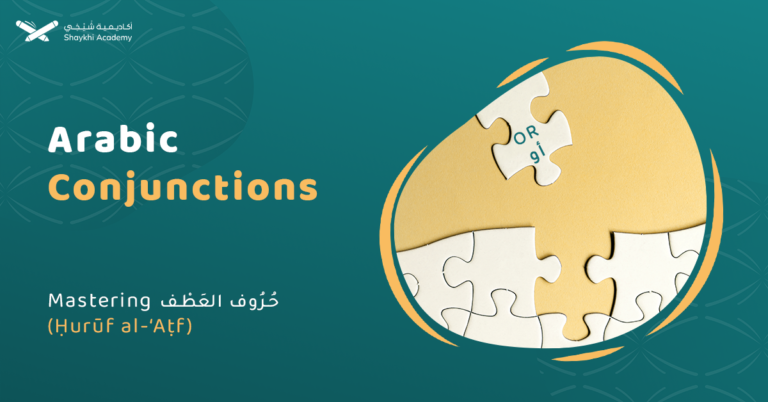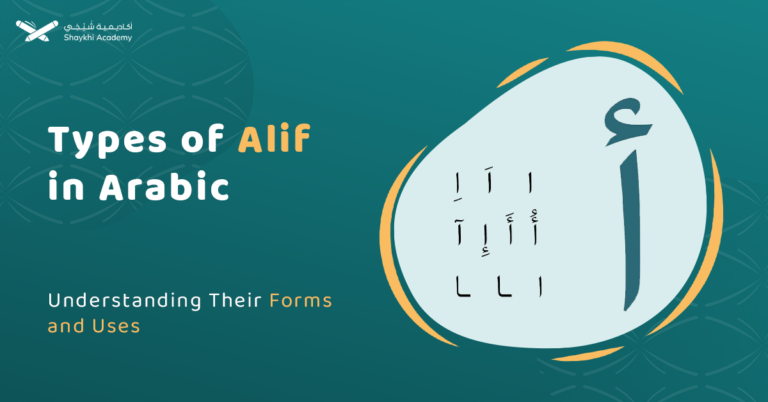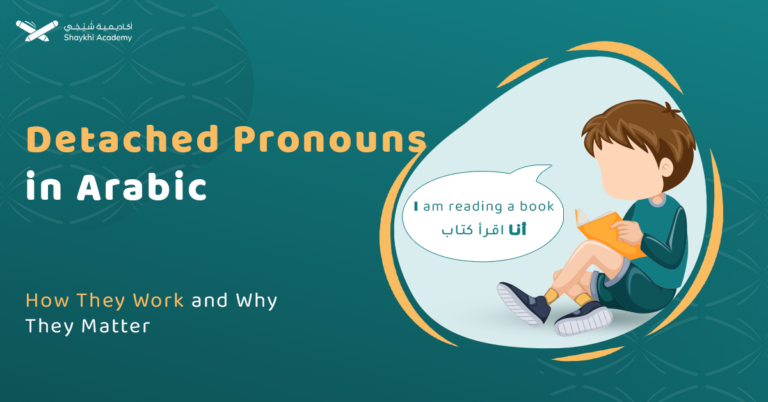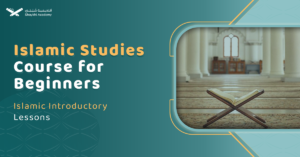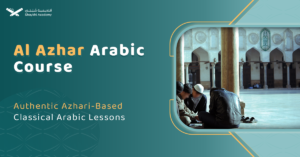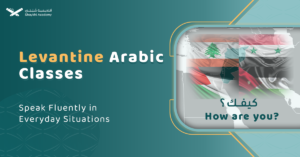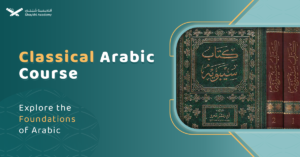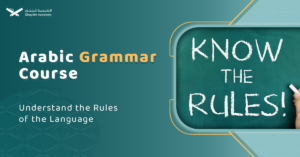Tajweed Symbols: Do you often notice signs that accompany the Quranic script in the Holy Mushaf? Have you ever wondered what purpose these symbols serve? These symbols are known as the Tajweed symbols.
Tajweed symbols can either denote vowel and non-vowel letters, sites of stop and beginning, some Tajweed rules, sites of Sujood, or mark the end of Quranic verses or chapters. The presence of tajweed symbols facilitates the recitation of the Quran and makes it easier for readers to correctly recite the Quran. Especially if they are non-native speakers or unfamiliar with the Quranic Arabic.
In this article, we will explore the Tajweed symbols, their function, and some practical examples and figures for you so that you can easily master Quran recitation.
What are Tajweed Symbols?
As a non-native speaker, you may be asking about the definition of Tajweed Notations in the Quran. Tajweed signs and symbols are graphical signs that were added to the Quranic script to help readers correctly recite the Quran without altering the meanings of the verses.
These signs include signs added to voweled letters, waqf and ibtidaa’ signs, Symbols related to tajweed rules, signs denoting the end of verses and Hizbs (half chapter), in addition to Sujud signs.

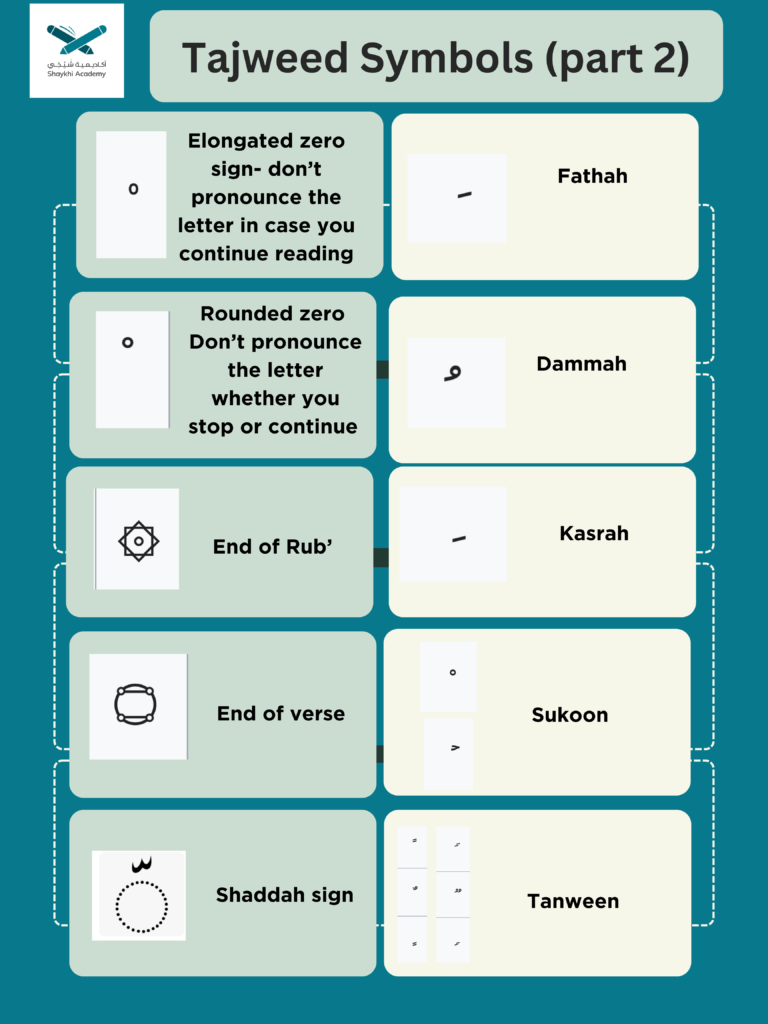
The Symbols and Signs within the Noble Quran
Now, let us discuss in detail the different types of tajweed symbols in the holy Quran, their shapes, and functions in addition to some practical examples of each symbol.
Signs Denoting Vowel and Non-vowel Letters
In the Arabic language short vowels are represented by diacritical marks that accompany the letters. These marks are namely the Fathah, dammah, and kasrah. While non-vowel letters are either free from any diacritical signs or accompanied by the Sukoun sign. Now, let us take a closer look at these signs with some examples on each.
Fathah sign (بَ)
An inclined dash written above Maftooh letters. Denoting that you should open your mouth while pronouncing the letter.
Dammah sign (بُ)
A small letter “Waw- و” written above Madmoum letters. Denoting that you should round your mouth while pronouncing the letter.
Kasrah sign (بِ)
An inclined dash written below Maksour letters. Denoting that you should lower your jaw while pronouncing the letter.

Sukoon sign ( ۡ )
The sukoon sign is similar to the head of the Arabic letter “Haa’ -ح”. It represents a non-vowel letter.
Tanween (Nunation) signs (ً- -ٌ -ـ )
Tanween signs come in the form of double fathah, double dammah or double kasrah that accompany the last letter of the word.
Shaddah Sign ( ّ )
The shaddah sign comes in the form of an inverted (3) sign written above a Mushaddad letter (merged sakin and mutaharrik letters).
Tajweed Stop Signs
Stopping and beginning rules, also known as Waqf and ibtidaa’ rules, is one of the most important subjects of Quran tajweed. The reason for that is that the inappropriate stop during Quran recitation can alter or even reverse the meaning of the Quranic verses.
Hence, Muslim scholars have assigned symbols denoting the sites where the reader of the Quran should or should not stop during recitation. These symbols help the Qari’ convey the correct meaning of the verses and prevent the delivery of an altered or incomplete message to the listeners.
Here are some of the most common stop signs that you may encounter while reading the Quran.
- Waqf Lazim (mandatory stop) sign ( ۘ )
Mandatory stop is symbolized by a little “Meem” above the word. In this case the reader should stop at that word and start with the next word, for instance:
“إِنَّمَا يَسْتَجِيبُ الَّذِينَ يَسْمَعُونَ ۘ وَالْمَوْتَىٰ يَبْعَثُهُمُ اللَّهُ ثُمَّ إِلَيْهِ يُرْجَعُونَ”
- Prohibited stop sign “لا”
When the tajweed sign “لا” is seen above the word, it means that stopping is prohibited at this site due to incomplete meaning of the verse. For example:
“وَمَا جَعَلْنَا أَصْحَابَ النَّارِ إِلَّا مَلَائِكَةً ۙ وَمَا جَعَلْنَا عِدَّتَهُمْ إِلَّا فِتْنَةً لِّلَّذِينَ كَفَرُوا لِيَسْتَيْقِنَ الَّذِينَ أُوتُوا الْكِتَابَ وَيَزْدَادَ الَّذِينَ آمَنُوا إِيمَانًا ۙ وَلَا يَرْتَابَ الَّذِينَ أُوتُوا الْكِتَابَ وَالْمُؤْمِنُونَ ۙ وَلِيَقُولَ الَّذِينَ فِي قُلُوبِهِم مَّرَضٌ وَالْكَافِرُونَ مَاذَا أَرَادَ اللَّهُ بِهَٰذَا مَثَلاً”
- Permissible stop sign – Qila “قلى”
The tajweed sign (قلى – Qila) symbolizes a permissible stop. However, stopping is prefered, as in:
“إِذَا جَاءَكَ الْمُنَافِقُونَ قَالُوا نَشْهَدُ إِنَّكَ لَرَسُولُ اللَّهِ ۗ وَاللَّهُ يَعْلَمُ إِنَّكَ لَرَسُولُهُ وَاللَّهُ يَشْهَدُ إِنَّ الْمُنَافِقِينَ لَكَاذِبُونَ”
- Permissible stop sign – Sila “صلى”
The tajweed sign (صلى – Sila) symbolizes a permissible stop. However, it is prefered to continue your recitation, as in:
“كَلَّا ۖ لَيُنبَذَنَّ فِي الْحُطَمَةِ”
- Waqf ja’iz sign (Permissible stop) “ج”
The presence of a little “ج” above the word denotes permissible stop. In this case the reader is allowed either to complete his recitation or stop at that word.
“فَسَبِّحْ بِحَمْدِ رَبِّكَ وَاسْتَغْفِرْهُ ۚ إِنَّهُ كَانَ تَوَّابًا”
What is Tajweed Pause Indicators? Sakt sign “س”
“Sakt” in tajweed refers to a short pause the reader does during recitation without taking a breath, with the intention to complete the recitation. Sakt is denoted by a little “Seen- س ” written above the word. An example of Sakt in the Quran is:
“وَقِيلَ مَنْ ۜ رَاقٍ”
- Mu’anaqah (ۛ…ۛ)
The Mu’anaqah signs are written in the form of two sets of dots. This sign means that you can only stop at one of the two signs, but not at both. An example of Mu’anaqah is the second verse of Surah Al-Baqarah.
“ذَٰلِكَ الْكِتَابُ لَا رَيْبَ ۛ فِيهِ ۛ هُدًى لِّلْمُتَّقِينَ”
Signs Related to Tajweed Rules
Some of the signs that you may find in the Mushaf are related to some tajweed rules. Below are examples of tajweed signs referring to some important tajweed rules.
Iqlab sign (م)
Iqlab is one of the rules of Noon Sakinah and Tanween. It refers to changing the non-vowel (sakin) letter “Noon – ن ” or the tanween into “Meem – م ” when followed by the letter “Baa’ – ب ”. Iqlab is denoted by a little Meem written above the Noon Sakinah as follows.
(سَميعُۢ بَصير)
Lengthening sign ( آ ) (Madd / Elongation)
In cases where the reader is required to elongate long Arabic vowels more than two harakas (One Haraka is equal to one finger count) a sign of Madd is noted above the letter to be elongated. The madd sign is similar to a little wave, as in: (الطآمّة – سوآء)
The sign of madd is also used instead of a Hamza that is followed by the letter “Alif” as in: (آمن- آدم).
Sujud Sign in the Quran
The symbol ۩ accompanied by a line over the verse, represent a site of recitation sujud. Muslims are required to perform sujud after reciting the verses followed by this sign to follow the Sunnah of prophet Muhammad (Peace and blessings be upon him). An example of recitation sujud is:

Exploring the Origin of Quranic Symbols
The Holy Quran was initially written without any dots, diacritics or tajweed signs. However, with the entry of Non-Arabs into Islam, it was necessary to add signs and symbols that help non-Arab Muslims to recite the holy Quran correctly. Aiming to preserve the Quran from alteration.
Advantages of Grasping the Quranic Symbols
Mother of believers, Aishah (May Allah be pleased with her) reported:
The Messenger of Allah (peace and blessings be upon him) said, “The one who is proficient in the recitation of the Qur’an will be with the honourable and obedient scribes (angels) and he who recites the Qur’an and finds it difficult to recite, doing his best to recite it in the best way possible, will have two rewards.” [Al-Bukhari and Muslim].
Grasping the Quranic symbols has many benefits, As the prophet peace and blessings be upon him promised the ones who are proficient with reciting the holy Quran to be with the honorable and obedient scribes on the day of judgment.
In addition to the great rewards of reciting the Quran properly, mastering the Quranic symbols helps you deliver the correct meaning of the Quranic verses to whoever is listening to your recitation, and also helps you reflect on the wisdom behind the verses and to understand their meanings.
How to Learn the Tajweed Symbols?
A short answer to this question is that by repetition you will easily learn the tajweed symbols. However, most copies of the Holy Quran include a list of these symbols with their meanings so that you can easily go back to them whenever needed. It is also one of the subjects you will most probably cover if you join Quran tajweed for adults classes.
Unlock the Path to Quranic Mastery with Shaykhi Academy!
Are you seeking the finest Quranic education right from the comfort of your home? Look no further! Shaykhi Academy stands out as a premier online Quran learning platform, dedicated to providing exemplary education to both children and adults.
Why Choose Shaykhi Academy?
- Connect with highly qualified native tutors.
- Flexible scheduling to suit your busy lifestyle.
- Affordable classes tailored for all levels.
- Accessible from anywhere around the globe.
Discover Our Range of Courses:
- Arabic Noorani Qaida: Lay a solid foundation for Quranic studies.
- Online Quran Classes for Kids: Engaging lessons for lifelong learning.
- Tajweed Rules for Kids: Learn to recite with confidence.
- Quran Hifz for Kids: Step-by-step guidance to memorize the Quran.
- Quran for Adults: Introduce yourself to Quran reading and Tajweed rules.
- Online Arabic Courses: Master the language of the Quran.
- Islamic Studies: A wide range of topics related to Islam, including theology, law, Quranic studies, Hadith.
Don’t Miss Out on Your Chance to Excel!
Whether you’re a beginner or seeking advanced knowledge, Shaykhi Academy can guide you! Book your free trial now and make Ramadan 2024 your Quranic turning point!

To sum up!
Tajweed symbols are graphical signs that were added by Muslim scholars to preserve the Quranic script from alterations. These symbols can either refer to stopping and beginning rules, marking the beginnings and endings of verses, characterizing some of the tajweed rules, or referring to the sites of Sujud during recitation.
Grasping the tajweed signs is crucial especially for non-native speakers, since it allows them to understand the correct meanings of verses and prevent them from stopping at inappropriate sites.
Repetition is key to learning tajweed symbols, you can also seek the guidance of a professional Quran tutor, or simply join online Quran tajweed classes to be able to master tajweed signs quickly and effortlessly.
